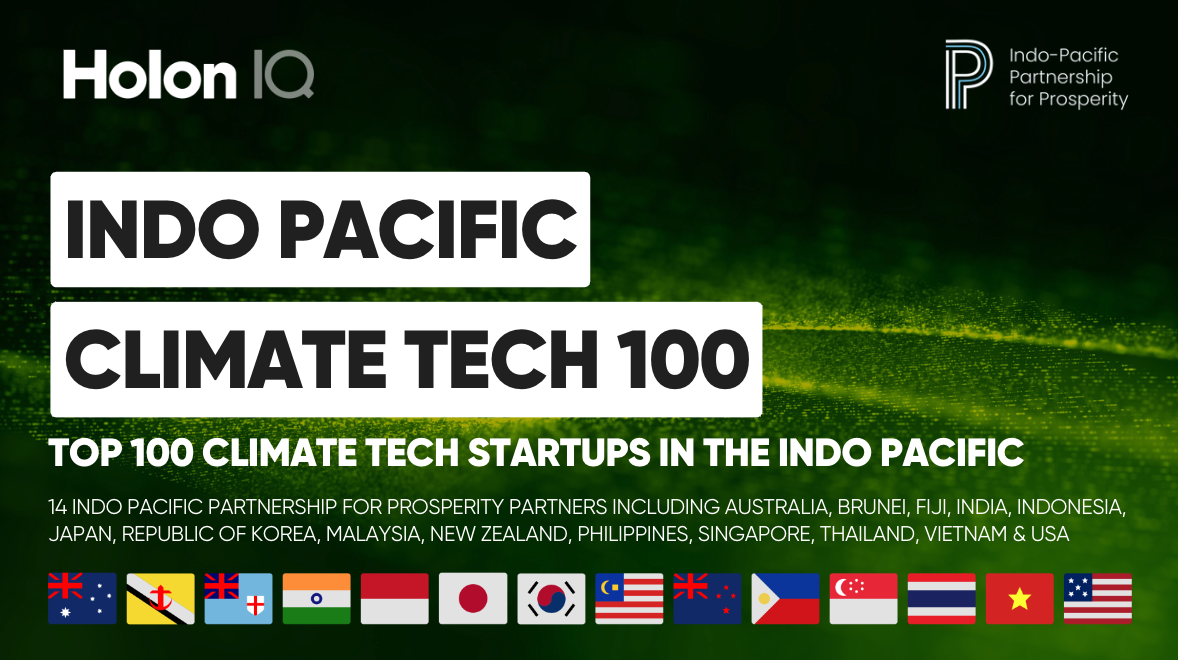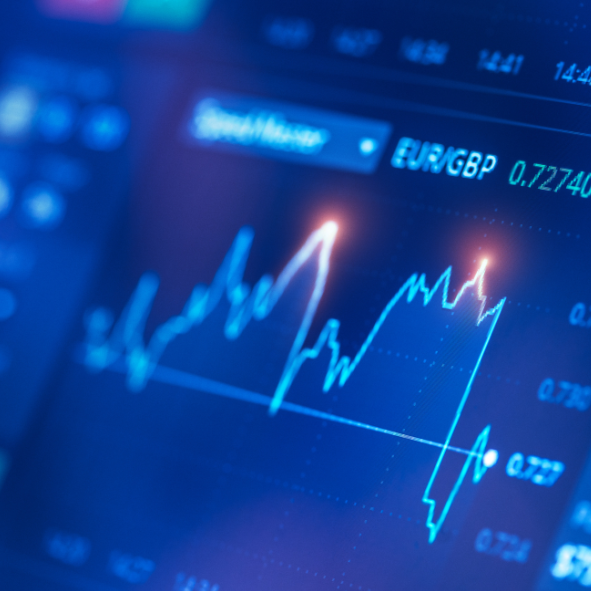Impact SPACs could create a new source of capital for social impact and sustainable businesses.
SPACs have been around for decades, in recent years they’ve become very popular and we are now seeing a growing cohort of what we are calling ‘Impact SPACs‘. They target acquisitions in education, health, infrastructure, new energy, sustainability or that contribute to the UN Sustainable Development Goals (SDGs).
As of 5 January 2021, there are now 88 Pre IPO and active Impact SPACs representing $19B of investment capital. Check out our Complete List of Global Impact SPACs targeting companies working to build a more inclusive and sustainable future.
What is a Special Purpose Acquisition Company (SPAC)?
A special purpose acquisition company (SPAC) is a company with no commercial operations that is formed strictly to raise capital through an initial public offering (IPO) for the purpose of merging with or acquiring an existing company. As a consequence, an operating company can merge with (or be acquired by) the publicly traded SPAC and in turn, become a listed company in lieu of executing its own IPO.
Also known as “blank check companies,” SPACs have been around for decades, but the vehicle has really only gained mainstream traction through 2020 with the growing weight of late-stage, mostly venture-backed companies looking to exit and with the COVID pandemic creating further uncertainty in the IPO market.
How does a SPAC work?

Firstly, the sponsor — typically an executive/investor or team with significant experience — decides to launch a SPAC. A SPAC is generally based on an investment thesis focused on a sector and geography, such as the intent to acquire an education technology company in North America.
Second, they create a holding company and file for IPO. The sponsor then completes a roadshow to secure institutional investors based almost solely on the team’s experience and network combined with their investment thesis.
The sponsor makes a nominal capital investment, typically translating into a ~20% interest in the SPAC (commonly known as founder shares). The remaining ~80% interest is held by public shareholders through “units” offered in an IPO of the SPAC’s shares. Each unit consists of a share of common stock and a fraction of a warrant (e.g., ½ or ⅓ of a warrant).
Following the IPO, proceeds are placed into a trust account and the SPAC typically has 18-24 months to identify and complete a merger with a target company, sometimes referred to as de-SPACing. If the SPAC does not complete a merger within that time frame, the SPAC liquidates and the IPO proceeds are returned to the public shareholders.
Once a target company is identified and a merger is announced, the SPAC’s public shareholders may vote against the transaction and elect to redeem their shares. If the SPAC requires additional funds to complete a merger, the SPAC may issue debt or issue additional shares, generally as a private investment in public equity (PIPE) deal.
Once shareholders approve the SPAC merger and all regulatory matters have been cleared, the merger will close and the target company becomes a public entity.









.png)






